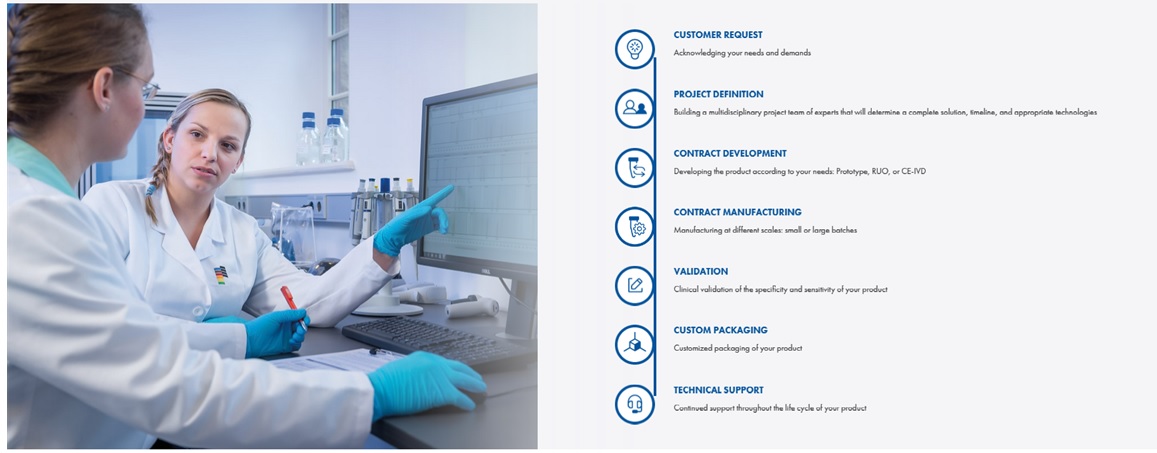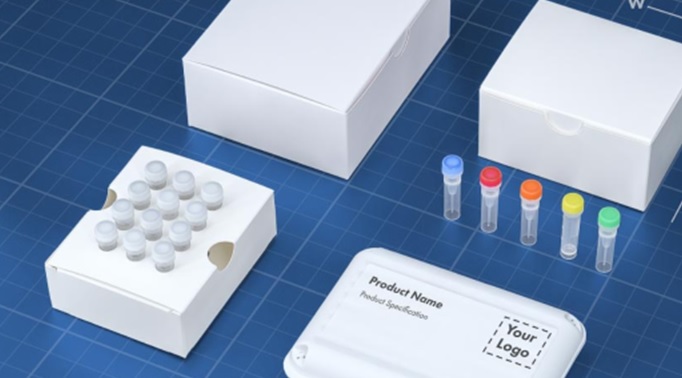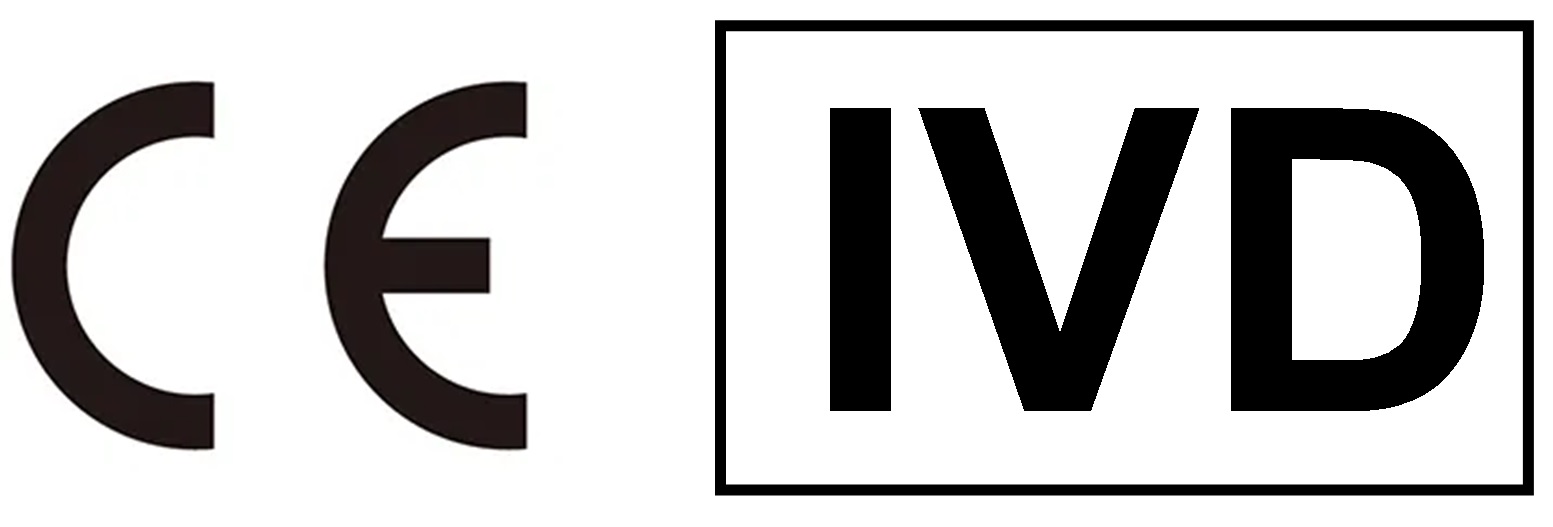Custom molecular diagnostic and immunoassay contract development & manufacturing
MDG, your European IVD partner
MDG (Molecular Diagnostic Group) along with its German subsidiary, Biotype, is specialized in developing and manufacturing in-vitro diagnostic (IVD) products especially molecular diagnostic and immunoassay solutions. Thanks to our US and German locations, we are helping US IVD companies to rapidly access the European IVD market by offering a wide range of solutions.
Get onboard and have a safe journey to Europe with Biotype !
Molecular and immunological diagnostic service provider
Biotype in-vitro diagnostic is a fully integrated CDMO specialized in molecular diagnostic and immunoassay of RUO, prototypes and IVD products. Biotype offers custom development and manufacturing services of a wide range of solutions for the detection and/or quantification of DNA, RNA and immunological biomarkers including Polymerase Chain Reaction (PCR), Capillary Electrophoresis, ELISA, Modaplex…
We are assisting US clients from custom development to sales of in-vitro diagnostic kits and reagents within Europe. We are mastering each step of the process to launch products on the European market in a rapid and cost-effective way.
We are ensuring to US clients a global project management through a dedicated team of in-vitro diagnostic scientists, EU IVDR quality and regulatory experts as well as European IVD sales managers.
Our subsidiary Biotype in-vitro diagnostic custom manufacturing is offering small to large scale production capabilities for various applications such as oncology, hematooncology, forensics….
Custom in-vitro diagnostic development and manufacturing
With more than 100 collaborators, the company based in Dresden is producing hundreds of IVD reagents per year. It is fully equipped to manufacture IVD Buffers, Primer Mix, Positive controls, Enzymes, Size and Matrix Standards in state-of-art laboratories (Biosafety level BSL-2, Genetic Engineering Safety Level (S1), Clean room class C). Biotype’s facility design allows a unidirectional workflow to minimize in process contamination risks and follows the rules of good laboratory practice (GLP).
The standard workflow includes a feasibility study, optimization phase, validation (linearity, recovery, precision…), manufacturing and packaging.
Flexible in-vitro diagnostic packaging
Biotype is highly flexible to adapt to most of in-vitro diagnostic packaging requests. It can manage from 10 to 24,000 vials/day using manual or automatized multiformat machines for filling, closing and labelling in clean room class C.
Biotype can produce liquid, vacuum dried or lyophilized IVD reagents in various volumes from 5µl to 100 ml in tubes, strips, plates or bottles.
Biotype custom diagnostic can package and label tubes according to client’s expectations (logo, information…).
EU-Compliance – Fully compliant with new EU IVDR (European in-vitro diagnostic regulation 2017/746
We are fully compliant with new EU IVDR (European in-vitro diagnostic regulation 2017/746). Our QMS (Quality Management System) meets the requirements of the national and international norms ISO 9001 and ISO 13485 for the sales, development, manufacturing and services of molecular tests for research and in-vitro diagnostic applications.
CE-IVD certification
Biotype is ISO9001 / ISO13485 certified and able to manage the entire CE IVD marking process. Biotype already managed CE labeling of dozens of IVD products.
IVD European Authorized Representative
US IVD companies looking to develop their IVD-products within Europe need to hire an IVD European Authorized Representative. This is mandatory to obtain a CE-IVD certification for reagents made outside Europe. While using Biotype is manufacturing IVD products within Europe it is not necessary to hire an European Authorized Representative as a third party which is simplifying the process and improving success chances.
European IVD market and business development
Biotype is based in Germany which is the largest in-vitro diagnostic market within Europe. This central position in Europe is ideal for developing the global European market efficiently. Thanks to our senior business development team and European IDV distributor network, we ensure a fast commercialization of molcular and immunoassay in-vitro diagnostic kits and reagents.
Biotype’ molecular diagnostic and immunoassay expertise
Our technical and manufacturing platform is highly flexible allowing to adapt rapidly and efficiently to new and diverse projects. Biotype’s expertise encompasses PCR, NGS sequencing, ELISA and lateral flow, electrophoresis…
-
Custom manufacturing of PCR reagents (qPCR and digital PCR)
[Under construction] Biotype is assisting its clients in designing and manufacturing customized amplification reagents (primers, probes, PCR/qPCR reagents or ready-to-use mastermixes). Reagents can be provided in various packaging (tubes, strips, plates, bottles).
-
Custom manufacturing of Lateral flow and ELISA
ELISA (enzyme-linked immunosorbent assay) kits are a fast and cost-effective way to quantitate specific target antigens in various matrixes (serum, plasma, cell culture medium, cell lysates, tissue homogenates, urine and more).
We can assemble ready-to-use ELISA and lateral flow kits and perform complete quality controls before shipment (Range, Sensitivity, Precision…).
-
Custom manufacturing of Pyrosequencing, Sanger & NGS for DNA sequencing
We have a deep expertise in developing and manufacturing DNA sequencing assays & reagents including pyrosequencing, Sanger and NGS (Next Generation Sequencing).
-
Custom manufacturing of Gel & capillary electrophoresis
Electrophoresis allows to separate with a high resolution DNA/RNA for qualitative analysis according to molecular weight.
-
Biotype’s Modaplex unique technology
With the aim to fill the gap between qPCR sensitivity and NGS potency, our proprietary Modaplex platform enables the quantification of up to 50 DNA and/or RNA markers per sample within 3.5 hours.
Contact us to tackle the European IVD market
References
Pyrosequencing is a versatile technique that facilitates microbial genome sequencing that can be used to identify bacterial species, discriminate bacterial strains and detect genetic mutations that confer resistance to anti-microbial agents. The advantages of pyrosequencing for microbiology applications include rapid and reliable high-throughput screening and accurate identification of microbes and microbial genome mutations. Pyrosequencing involves sequencing of DNA by synthesizing the complementary strand a single base at a time, while determining the specific nucleotide being incorporated during the synthesis reaction. The reaction occurs on immobilized single stranded template DNA where the four deoxyribonucleotides (dNTP) are added sequentially and the unincorporated dNTPs are enzymatically degraded before addition of the next dNTP to the synthesis reaction. Detection of the specific base incorporated into the template is monitored by generation of chemiluminescent signals. The order of dNTPs that produce the chemiluminescent signals determines the DNA sequence of the template. The real-time sequencing capability of pyrosequencing technology enables rapid microbial identification in a single assay. In addition, the pyrosequencing instrument, can analyze the full genetic diversity of anti-microbial drug resistance, including typing of SNPs, point mutations, insertions, and deletions, as well as quantification of multiple gene copies that may occur in some anti-microbial resistance patterns.
Doi: 10.3791/50405
Next generation sequencing (NGS), massively parallel or deep sequencing are related terms that describe a DNA sequencing technology which has revolutionised genomic research. Using NGS an entire human genome can be sequenced within a single day. In contrast, the previous Sanger sequencing technology, used to decipher the human genome, required over a decade to deliver the final draft. Although in genome research NGS has mostly superseded conventional Sanger sequencing, it has not yet translated into routine clinical practice. The aim of this article is to review the potential applications of NGS in paediatrics.
A new method for determining nucleotide sequences in DNA is described. It is similar to the “plus and minus” method [Sanger, F. & Coulson, A. R. (1975) J. Mol. Biol. 94, 441-448] but makes use of the 2′,3′-dideoxy and arabinonucleoside analogues of the normal deoxynucleoside triphosphates, which act as specific chain-terminating inhibitors of DNA polymerase. The technique has been applied to the DNA of bacteriophage ϕX174 and is more rapid and more accurate than either the plus or the minus method.
The 5′—-3′ exonuclease activity of the thermostable enzyme Thermus aquaticus DNA polymerase may be employed in a polymerase chain reaction product detection system to generate a specific detectable signal concomitantly with amplification. An oligonucleotide probe, nonextendable at the 3′ end, labeled at the 5′ end, and designed to hybridize within the target sequence, is introduced into the polymerase chain reaction assay. Annealing of probe to one of the polymerase chain reaction product strands during the course of amplification generates a substrate suitable for exonuclease activity. During amplification, the 5′—-3′ exonuclease activity of T. aquaticus DNA polymerase degrades the probe into smaller fragments that can be differentiated from undegraded probe. The assay is sensitive and specific and is a significant improvement over more cumbersome detection methods.
Immunoassays are a powerful diagnostic tool and are widely used for the quantification of proteins and biomolecules in medical diagnosis and research. Enzyme-linked immunosorbent assay (ELISA) is the most commonly used immunoassay format and allows the detection of biomarkers at a very low concentration. The diagnostic platforms such as enzyme immunoassay (EIA), chemiluminescence (CL) assay, polymerase chain reaction (PCR), flow cytometry (FC), and mass spectrometry (MS) have been used to identify molecular biomarkers. However, these diagnostic tools requiring expensive equipment, long testing time, and qualified personnel that is not always available in small local hospitals with limited resources. The lateral flow immunoassay (LFIA) platform was developed for rapidly obtaining laboratory results and to make urgent decisions in emergency medicine, as well as the recently introduced concept of testing at the site of care (point-of-care, POC). The simultaneous measurement of different substances from a single sample called multiplex assays have become increasingly significant for in vitro quantification of multiple analytes in a single sample, thereby minimising cost, time, and volume. In multiplex immunoassays, the ligands are immobilized either in planar format (flat surface) or on microspheres in suspension that binds to target analytes in sample. The multiplex technology has established itself in proteomic networks and pathways, validation of genomic discoveries, and in the development of clinical biomarkers. In the present review article, various types of monoplex/simplex and complex/multiplex immunoassays have been analysed that are increasingly being applied in laboratory medicine. Also, some advantages and disadvantages of these multiplex assays have also been included such as experimental animals, in vitro tests using cell lines and tissue samples, 3-dimensional modelling and bioprinting, in silico tests, organ-on-chip, and computer modelling.
Next Generation Sequencing (NGS) is a powerful tool that depends on loading a precise amount of DNA onto a flowcell. NGS strategies have expanded our ability to investigate genomic phenomena by referencing mutations in cancer and diseases through large-scale genotyping, developing methods to map rare chromatin interactions (4C; 5C and Hi-C) and identifying chromatin features associated with regulatory elements (ChIP-seq, Bis-Seq, ChiA-PET). While many methods are available for DNA library quantification, there is no unambiguous gold standard. Most techniques use PCR to amplify DNA libraries to obtain sufficient quantities for optical density measurement. However, increased PCR cycles can distort the library’s heterogeneity and prevent the detection of rare variants. In this analysis, we compared new digital PCR technologies (droplet digital PCR; ddPCR, ddPCR-Tail) with standard methods for the titration of NGS libraries. DdPCR-Tail is comparable to qPCR and fluorometry (QuBit) and allows sensitive quantification by analysis of barcode repartition after sequencing of multiplexed samples. This study provides a direct comparison between quantification methods throughout a complete sequencing experiment and provides the impetus to use ddPCR-based quantification for improvement of NGS quality.




